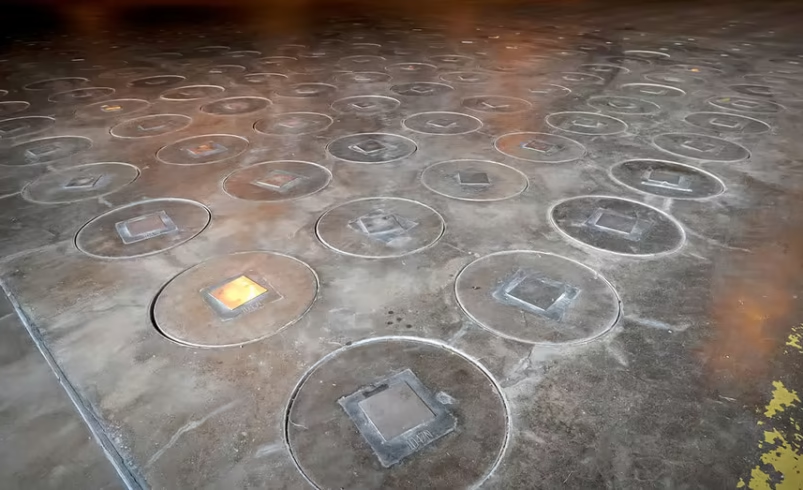Radioactive Wasp Nest Found at Former South Carolina Nuclear Site
- August 2, 2025
- 0

Workers at the Savannah River Site, a former nuclear bomb facility in South Carolina, uncovered a radioactive wasp nest during a routine radiation check. The site, located near Aiken, was once pivotal in the U.S. atomic energy program and now focuses on nuclear fuel production and cleanup. The discovery was reported by the Associated Press (AP) and highlighted concerns about residual contamination from the site’s operational past.
The U.S. Department of Energy’s report, filed on July 22, revealed that the nest exhibited radiation levels ten times higher than federal safety limits. Despite the alarming radiation levels, no wasps were present in the nest. The contaminated nest was treated with insecticide and disposed of as radiological waste. Officials confirmed that the surrounding area showed no signs of contamination, ensuring no immediate threat to workers or the environment.
The radioactive nature of the nest is attributed to “onsite legacy radioactive contamination,” remnants from when the site was fully operational. Currently, 43 underground tanks remain active at the site, with eight having been decommissioned. This incident has raised questions about ongoing contamination risks and the effectiveness of current safety protocols.
Savannah River Site Watch, a local watchdog group, criticized the report for its lack of detail regarding the contamination’s origin and potential leaks from waste tanks. Tom Clements, the group’s executive director, expressed frustration over the absence of clear explanations about potential hazards to public safety.
Savannah River Mission Completion, responsible for monitoring the site, assured that upon discovering the nest, immediate actions were taken to secure and survey the area. Their statement emphasized that there were no adverse impacts on workers or the public.
Established during the Cold War under President Harry Truman’s directive to accelerate atomic energy development, the Savannah River Site played a crucial role in producing materials for U.S. defense programs. Over its operational history, it has generated significant amounts of liquid nuclear waste, now reduced through evaporation processes.